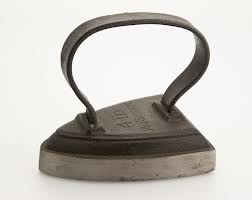 Like my mother, I’ve become a collector of objects, especially while I’m writing. As I begin a new project, I gather items that tell me about the subjects or reveal setting, plot, or most importantly, the characters.
Like my mother, I’ve become a collector of objects, especially while I’m writing. As I begin a new project, I gather items that tell me about the subjects or reveal setting, plot, or most importantly, the characters.Guest Blogger: Rita Williams-Garcia
 Like my mother, I’ve become a collector of objects, especially while I’m writing. As I begin a new project, I gather items that tell me about the subjects or reveal setting, plot, or most importantly, the characters.
Like my mother, I’ve become a collector of objects, especially while I’m writing. As I begin a new project, I gather items that tell me about the subjects or reveal setting, plot, or most importantly, the characters.
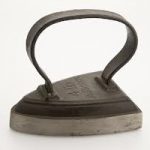
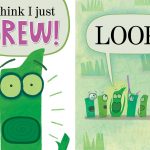
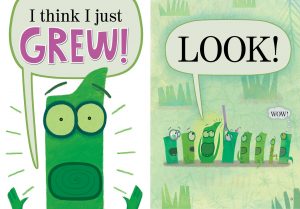 When kids ask me where I get my ideas I often say I buy them at the Dollar Store. They generally don’t find this response particularly funny, yet it doesn’t stop me from saying it time and again.
When kids ask me where I get my ideas I often say I buy them at the Dollar Store. They generally don’t find this response particularly funny, yet it doesn’t stop me from saying it time and again.
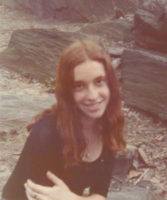 Children are eager for books that validate and empower them. I passionately believe that positive, inclusive stories can inspire all readers, no matter their gender or orientation—but because girls crave books about smart, strong female protagonists, I’m happy to see my middle grade novel Star-Crossed in their hands.
Children are eager for books that validate and empower them. I passionately believe that positive, inclusive stories can inspire all readers, no matter their gender or orientation—but because girls crave books about smart, strong female protagonists, I’m happy to see my middle grade novel Star-Crossed in their hands.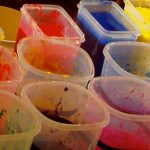
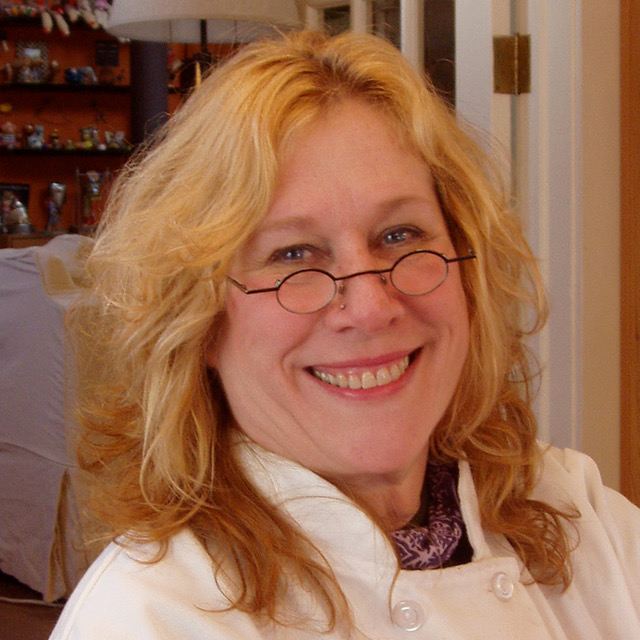 But when I walk into the studio to create art, there is a process (and steps to follow) to reach the result I desire. First, there’s the idea, which I turn into a manuscript. Next, I craft a book dummy book comprised of text and sketches.
But when I walk into the studio to create art, there is a process (and steps to follow) to reach the result I desire. First, there’s the idea, which I turn into a manuscript. Next, I craft a book dummy book comprised of text and sketches.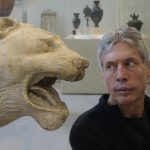
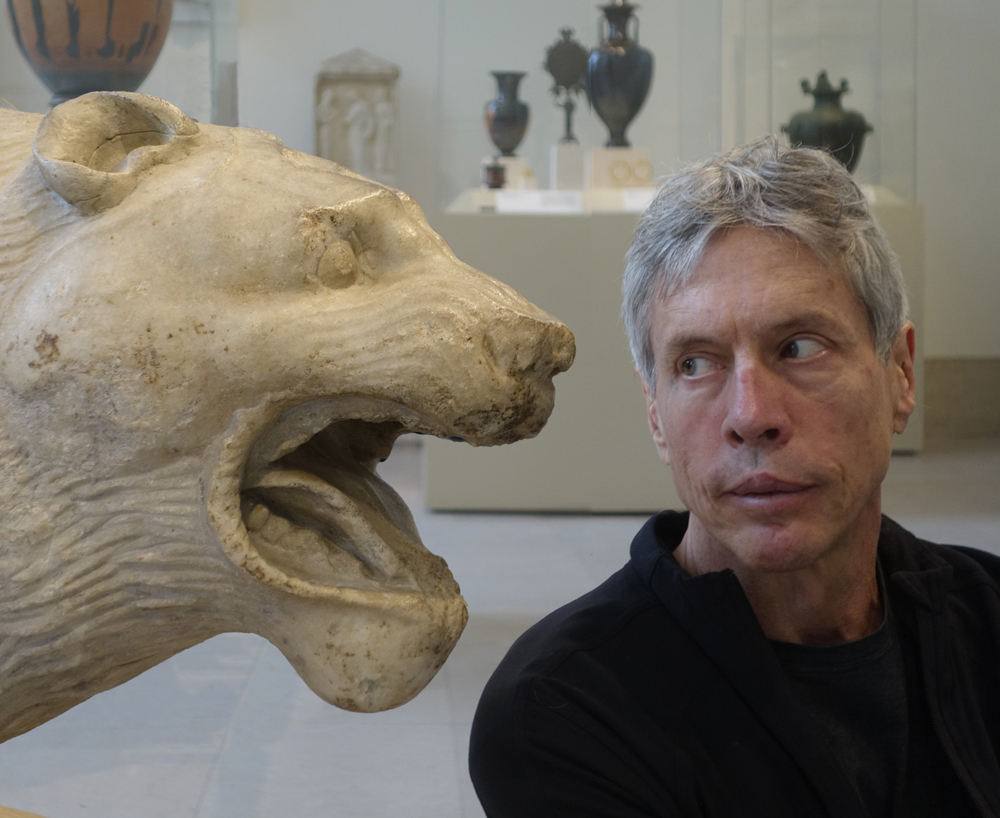 It’s difficult, even for adults, to wrap one’s head around the fact that the elephant can weigh 22,000 pounds. So I included a simple infographic, a small silhouette of each animal, alongside another of an adult human (or a human hand, if the animal was small).
It’s difficult, even for adults, to wrap one’s head around the fact that the elephant can weigh 22,000 pounds. So I included a simple infographic, a small silhouette of each animal, alongside another of an adult human (or a human hand, if the animal was small).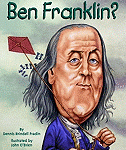
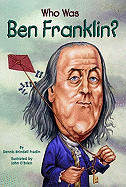 One of my favorite words is solipsistic: close your eyes and the world vanishes —there’s no reality outside of your own. We all start out thinking this way. I was in second grade before it hit me that there had been people on this planet before I got here. Abraham Lincoln and Joan of Arc weren’t just famous names you read about in books.
One of my favorite words is solipsistic: close your eyes and the world vanishes —there’s no reality outside of your own. We all start out thinking this way. I was in second grade before it hit me that there had been people on this planet before I got here. Abraham Lincoln and Joan of Arc weren’t just famous names you read about in books.